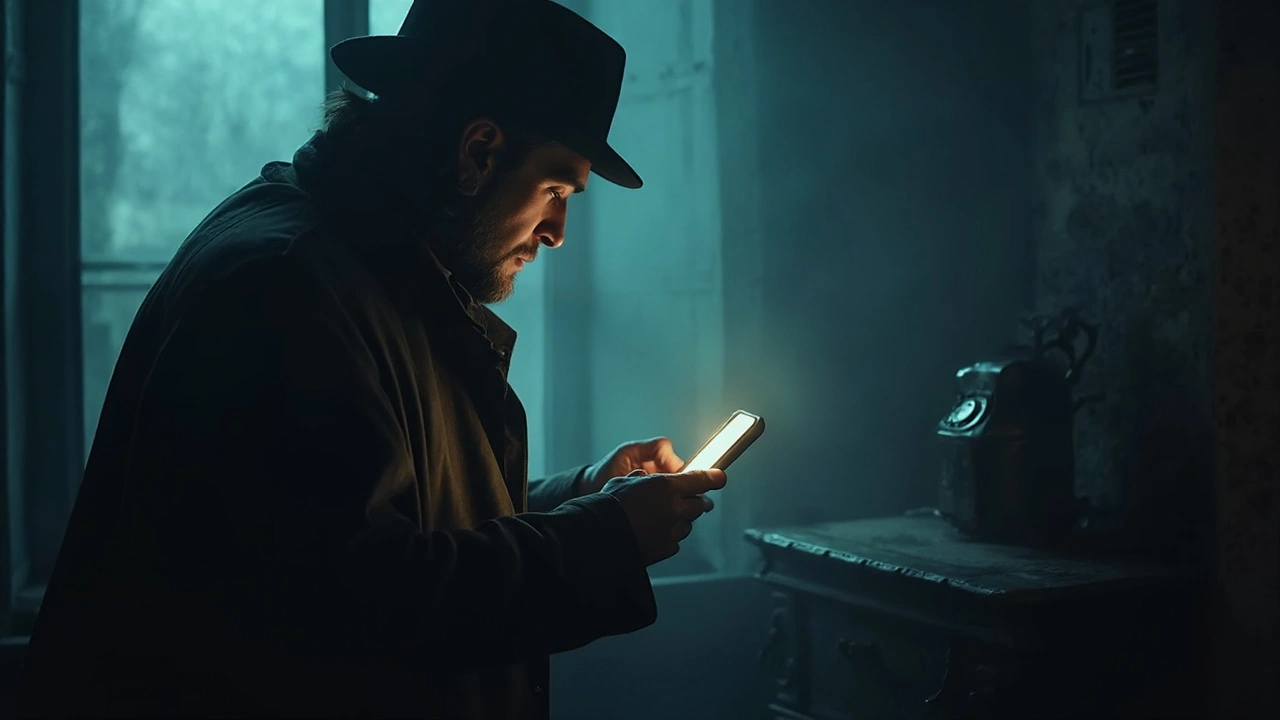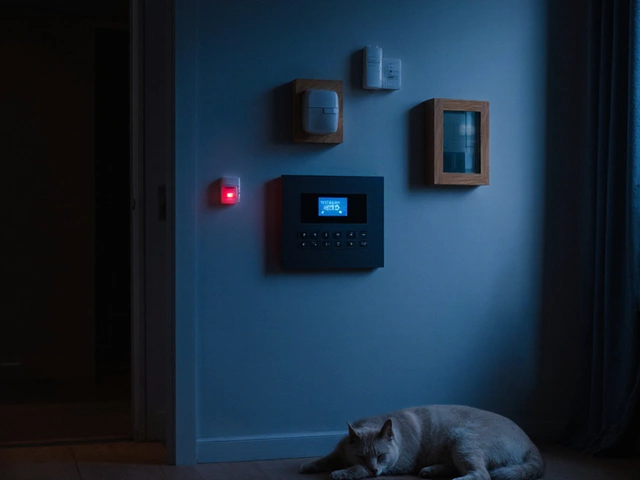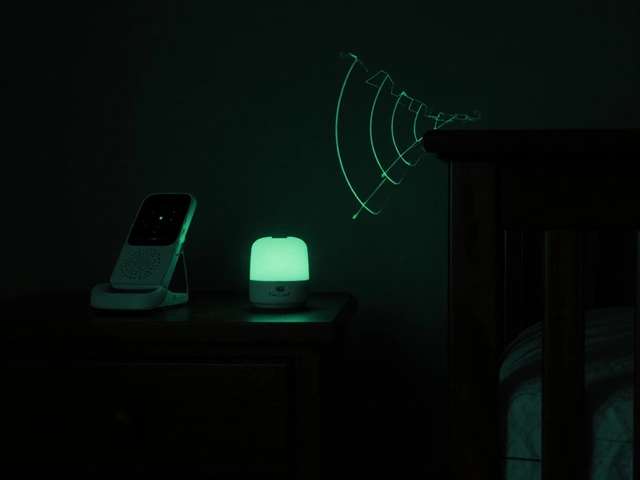Cell Phone Camera Tips for Better Photos in 2025
If you think your phone’s camera is just a copy‑cat of a real DSLR, think again. Modern phones pack powerful sensors, AI‑boosted processing, and lenses that can surprise you. The key is learning a few simple habits that turn everyday snaps into images you’re proud to share.
Master the basics before you get fancy
First, turn off the auto‑HDR or "scene mode" most phones enable by default. Those modes try to guess what you want, but they often wash out colors or add noise. Instead, set the exposure manually: tap the screen where you want the focus, then slide the exposure icon up or down until the light looks right. A quick adjustment can make a night shot look far less grainy.
Next, lock the focus. On iOS, press and hold; on Android, use the focus‑lock button. This stops the camera from refocusing when you move, keeping the subject sharp. Pair focus lock with a steady hand or a cheap tripod and you’ll avoid the blurry pictures that happen when you press the shutter too hard.
Simple tricks that work every time
Good lighting beats any filter. When you’re indoors, move closer to a window or turn on a lamp that points toward the subject. Avoid harsh overhead lighting because it creates unwanted shadows. If you’re outdoors, shoot when the sun is low—early morning or late afternoon. The soft, golden light adds depth without extra editing.
Use the grid lines (usually under Settings → Camera). They follow the rule of thirds, helping you position the main subject off‑center for a more natural look. Align horizons with the top or bottom line of the grid; it keeps landscapes level without you even noticing.
Lastly, take advantage of your phone’s built‑in editing tools. Most apps let you adjust contrast, saturation, and sharpness with a single slider. A tiny boost in contrast and a splash of saturation often make a flat image pop, and it takes less than a minute.
With these basics, you’ll see a noticeable jump in quality without buying extra gear. Your cell phone camera is already capable—just give it the right settings, light, and a quick edit, and you’ll get sharper, brighter photos that look like they belong on a professional portfolio.




